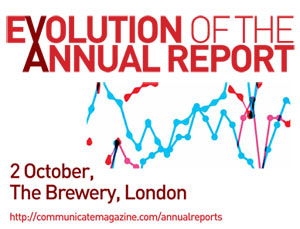Opinions and News Converging Into One Source
The Internet has opened a myriad of sources where news can be delivered. People access their in-boxes daily to find out what the latest business news is, what the economy is doing, which way the real estate market and gas prices are leaning and even what the latest Britney Spears gossip is! The search for the news is unquenchable and consumers are finding more and more creative ways to satisfy their editorial thirst.
There are so many ways that one can absorb the news that there is not necessarily a “right” way or a “wrong” way to get current events. With so many venues available for sharing, it is not uncommon to receive news via Internet, radio, print and even in public forums.
News and Expectations
Fine journalism warrants that the reader will be enlightened and possibly even take action after having absorbed, digested and pondered on the food for thought by the writer. Effective news sharing dictates that information is shared that is not readily available or even easily attainable and which will be informative to the reader. Quality is of the utmost importance since many rely heavily on the printed word to get their fix of news happenings. Facts outweigh opinions, but opinions give the reader entertainment. But where does that fine line end between opinion…and entertainment?
The media has a large responsibility to play in how news is received and perceived by the masses. Even in light of our current political climate, news is slanted for or against the candidate of choice in hopes that this will sway the reader and give the candidate an advantage. This method actually does work on some, however, those who are skilled in the techniques of the news media know that it can be a deceptive technique and should be looked at very closely
Accurate Assessments
In order to fairly judge news sources and scrutinize media publicity, all one has to do is to analyze the source from which their news is derived. This would give a person a complete understanding of what the underlying motive is (if any) and whether or not the source can be trusted. Does that mean we should more readily trust a source from the New York Times than we should from a local, low-circulated news press? Absolutely not.
Analyzing media sources for accuracy and journalistic ethics requires us to simply look at the history of the source, the quotes or information that it offers and compare it against what others sources are saying. For instance, if several media outlets cite the same source for the same information, it is usually an outlet that can be trusted as well as its source. Likewise, a news outlet who claims that they have the “spoof” story is almost always one that has incorrect facts, questionable information and stories that cannot be confirmed. Although there are journalists who can get the first-hand story account, they have been in the business for a while and have developed relationships and a reputation in the industry for having the edge on their journalistic approaches.
The media is responsible for shaping much of what consumers view as news and what they form their individual opinions on. This is a power that no one can deny that they do have nor can they really rival it when it comes to delivering news that is accurate and emotional. The media desires to sway the opinions of the reader and will do almost anything to have the story go in the direction that benefits them the most. Aside from unethical practices, media outlets can make the news say just about anything they want it to. Shading and coloring the facts are considered harmless if the outcome is positive to all involved. But, just because no one is hurt, does that make their responsibility less effective? Or, does that mean it’s just good journalism?
I am a freelance writer, blogger and professional motivational speaker. I primarily focus on business content, offering my clients strategic marketing strategies for their businesses. I have been an entrepreneur for over 13 years, after having worked extensively in corporate America.


